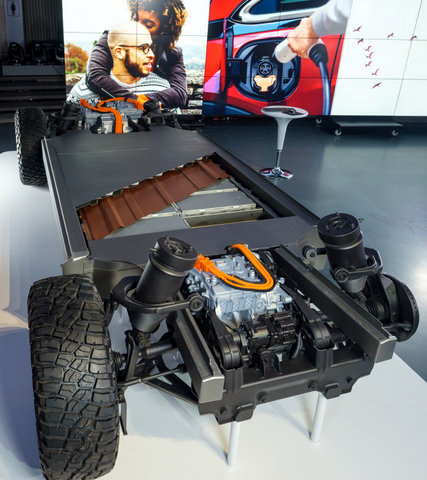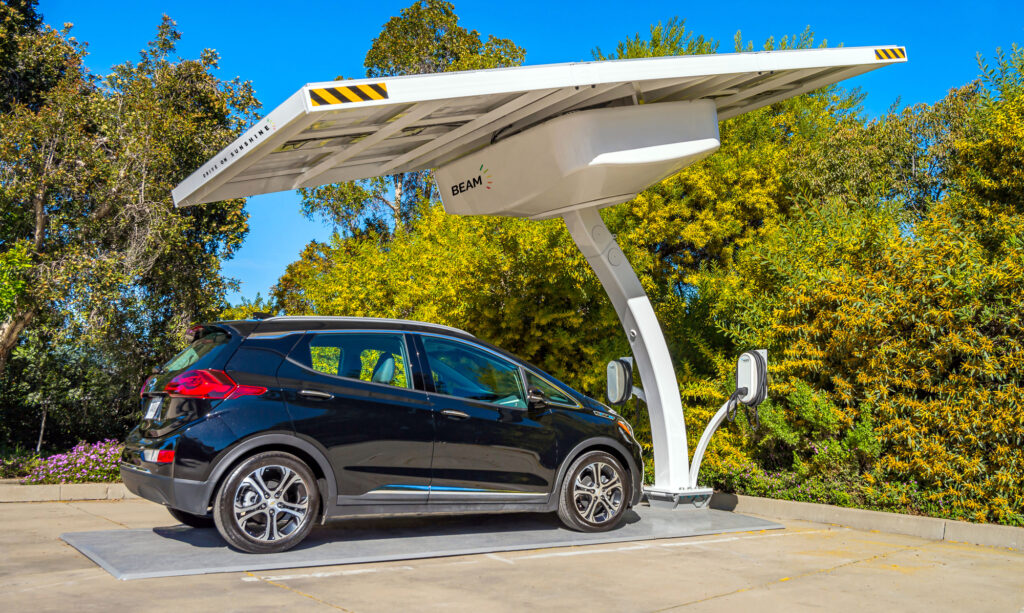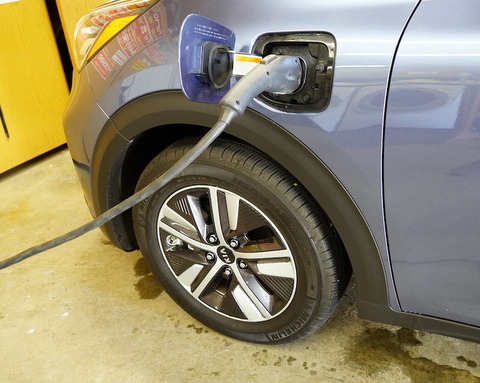Tips to Keep Your Cool in an Electric Car
The U.S. and Canada are experiencing unprecedented heat waves. Everything from houseplants to lawn equipment may act against expectations, so it makes sense an EV also behaves differently. Here’s how high temperatures affect EVs and what to do to boost performance.
Know How Heat Impacts EVs
Internal combustion engines (ICEs) have operational shifts in the heat. Some of these ideas translate to EVs, while others do not. Identify an EV’s most vulnerable parts to learn what it takes to beat the heat and preserve range. Compromises start at 80 degrees F for EVs, though this could change depending on the car’s age, cargo, occupancy, make and more. This is when performance begins to degrade in compounding percentages.

An EV’s power, range and charging abilities are contingent on the battery’s health. It is the most influential component in the car, making it valuable to pay attention to in the heat. High temperatures alter how the cells work, increasing resistance and encouraging degrading chemical reactions to occur more frequently. Heat also changes how well the vehicle charges, potentially slowing it down even for fast chargers.
Batteries generate heat naturally through their chemical reactions. Thermal runaway occurs once the battery surpasses 167 F, which may pose safety risks to drivers. The excess heat escaping the battery builds up heat in other areas in and around the car. This happens regardless of environmental conditions, so a hot day exacerbates how powerful thermal runaway can be.
This makes cooling systems work much harder to regulate interiors. The strain will use more power and lower mileage potential.
Tips for Regulating Temperature and Maintaining Range
Drivers should understand what components in their EVs are susceptible to temperature variances. Put these recommendations on a to-do list to ensure the hottest days do not reduce driving quality.
Park and Drive in the Shade
The battery, interior and cooling system are under less strain if they never have the chance to reach boiling temperatures. Park the vehicle in a garage or carport, or find a shady tree to block some of the sun’s rays to amplify thermal management.

People may also want to drive before sunrise or after sundown. Consider running errands in low light to put less pressure on the EV.
Drivers who charge their cars at home will want to take even greater care. Active charging increases battery temperature, making the sun’s power more potent. Charge to about 80% instead of 100% to decrease internal stress. If the charger is not shaded, consider setting up a temporary solution, like a pavilion, if the forecast predicts intense heat. It requires extra effort but makes a difference in long-term battery preservation and short-term discharging speed.
Translate Knowledge From Driving ICEs
Many best practices ICE drivers use to regulate temperatures are also useful for EVs. Many revolve around preventive maintenance, such as:
- Keep tires inflated to reduce resistance
- Resist blasting air conditioning to preserve range
- Minimize clutter and weight
- Avoid speeding, hard braking and rapid acceleration
Use Remote Cooling

Many EVs have preconditioning features allowing drivers to cool them down before getting in. This is helpful, especially if the car is in a garage or shaded area. It prepares it to face hotter conditions.
EVs lose efficiency and range in greater percentages based on the heat they endure. Drivers who want to avoid reaching thresholds with high range losses should lower temperatures ahead of time to widen the gap. This makes it less tempting to use the air conditioning if internal conditions are comfortable, further preserving energy and increasing distance.
Learn the EV’s Functions
Some EVs have multiple settings and features to reduce energy consumption, no matter how many degrees it is outside. For example, the car may have heated seats or default to using accessories requiring significant power. Do these turn on automatically? Reviewing default properties and toggling energy-intensive options is good vehicle mindfulness throughout the year.
Reducing foundational energy consumption is the first step. Then, drivers may also consider if their car has optimizations, such as eco-mode. This is an ideal resource for hot weather because it finds other opportunities in the car’s setup to eliminate excess power use. Other options could include a generic energy-saver toggle or more specific functions like hill-hold mode.
Beat the Heat
Temperature management for all EV types must be a priority for drivers in climates with rampant heat waves. Those who take it seriously will preserve the vehicle, reduce range anxiety and increase safety. As researchers determine mechanical and technical solutions for these oversights, EV owners must build quality driving habits to combat the heat.

2 thoughts on “How to Ensure Your EV Performs Optimally in Hot Weather”